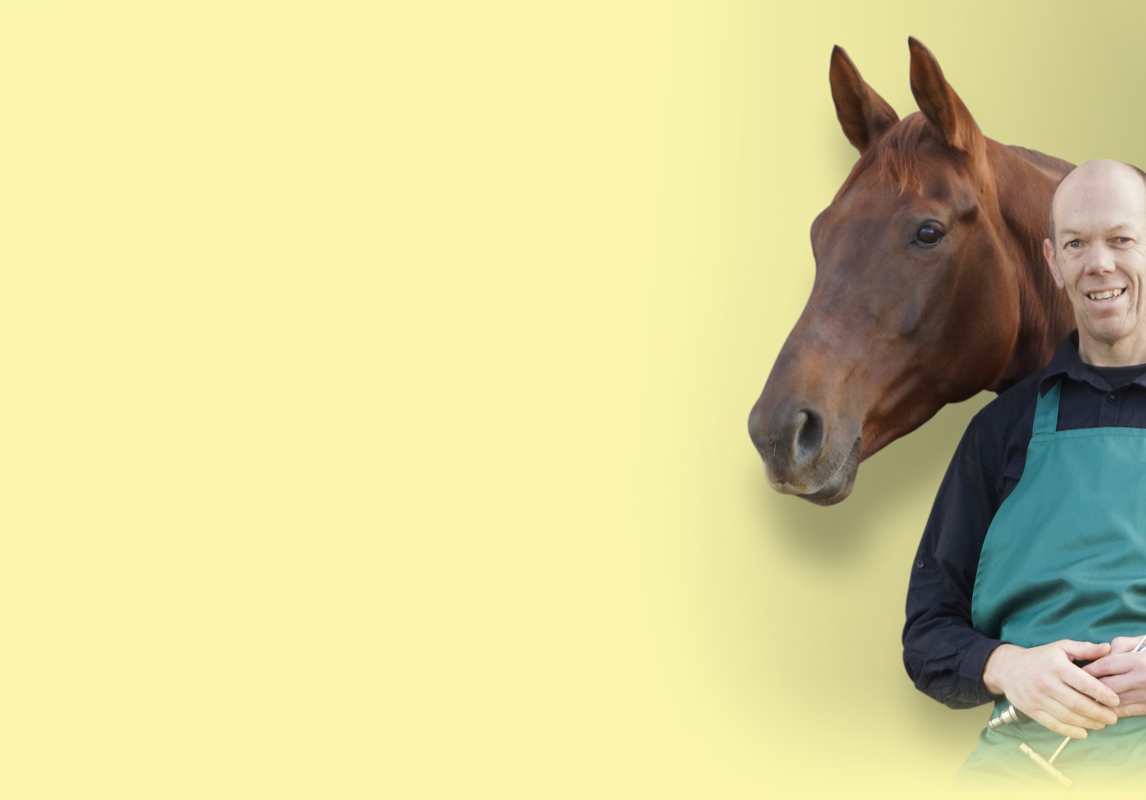The anatomy of the horses head
De skull consists of a lower- and upper jaw that forms a base for the remainder of the structures in its head. All movements take place through movement in the lower jaw relative to the upper jaw. Opening of the mouth and lateral movements can be quite substantial. The only limited movement to a small centimeter is the forward-backwards movement of the lower jaw. These movements are activated through tensioning and releasing a complex series of muscles.
You can clearly distinguish the difference between muscles through strength and size. The muscles that are responsible for grinding and the masticatory function are strongly developed, and generate a great amount of strength when tightening. The force of the chewing surface can go up to 2.500 N (ca. 250 kg). The muscles that provide for the lateral movements, and the movements before opening the mouth are much less strong developed, because this is an easy movement without too much resistance.
De nerves are well developed in the horses teeth. You often hear that horses teeth are numb, but that is a fable. There are nerves that go all the way into the roots of the teeth, and end in the root canals. Therefore, in order to perform a painless extraction, a good veterinarian will always have to sedate the relevant nerves.
Blood Vessels provide the circulation of the blood in the horse’s head. The most important inlet for a horse’s teeth is in the upper jaw, which is the major palatine artery (arteria palatina major). This artery runs around on the inside of the tooth element. A veterinarian has to use extreme caution to perform a medical procedure close to this artery. The blood ensures the supply of oxygen and other important substances.
The salivary glands’ function is to provide a proper fermentation of the feed. The salivary gland, parotid, can produce up to 3 liters of saliva per hour while the horse makes chewing movements. The submandibular gland, has the cardia under the tongue at the height of the hook teeth located in the lower jaw. This is the reason we often see tartar on those spots.
This picture clearly shows that between the incisors and molars there is much interdental space. There are (sometimes) two types of smaller teet: the hook or stallion teeth (4th teeth element). A hook often emerges in stallions and geldings around the age of 5, sometimes they develop in mares. Wolf teeth (5th teeth element) are present by about 20-30% of the horses. The teeth (incisors and molars) have very long roots in the jaw. As the horse gets older the teeth will wear down and get shorter.




